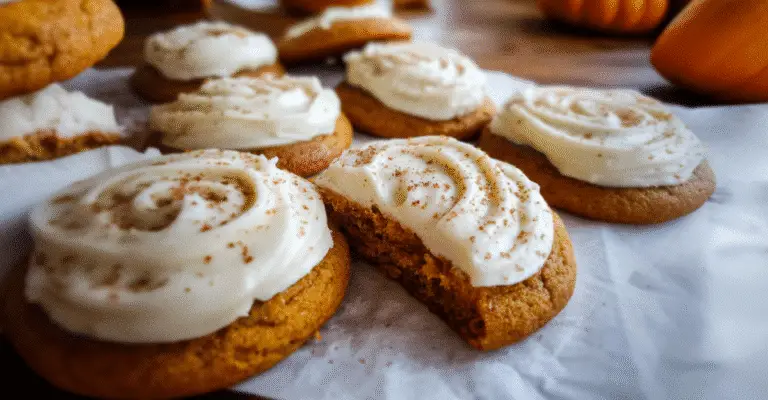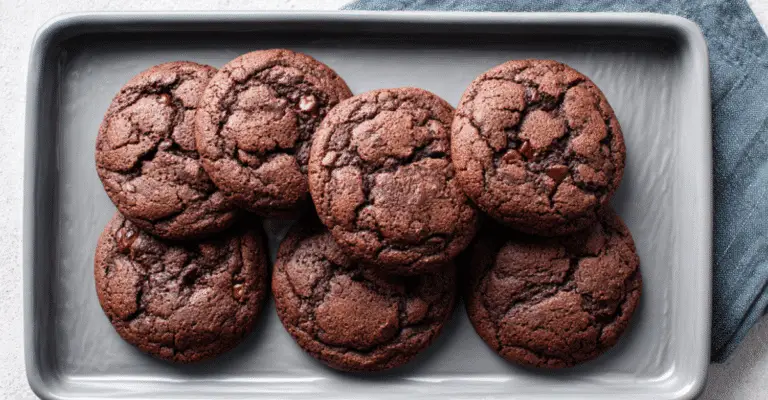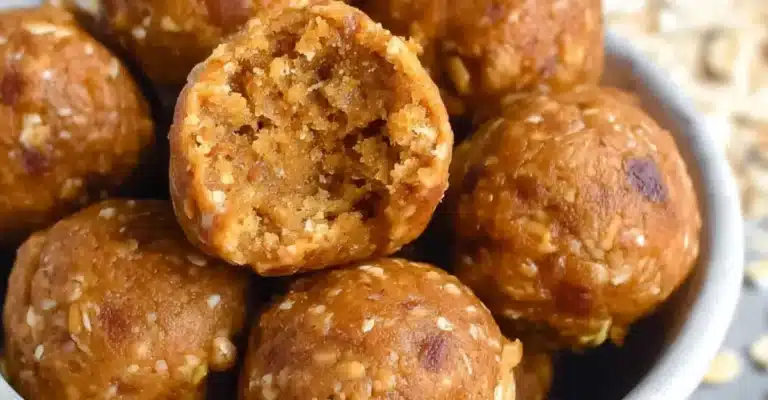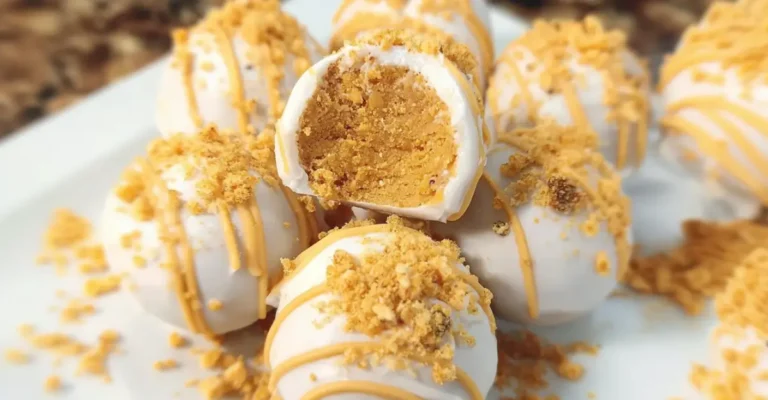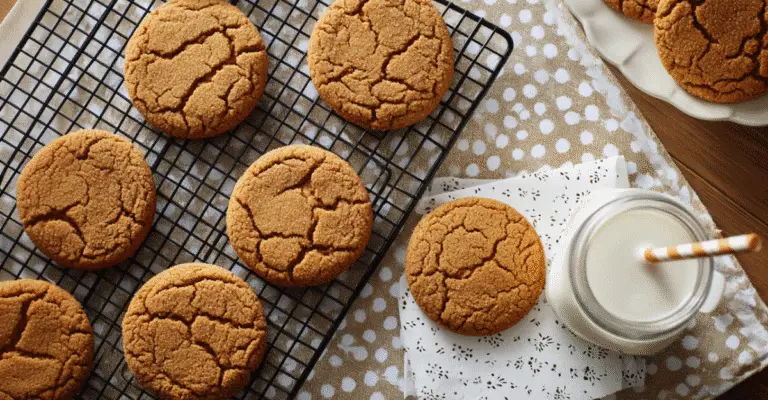Part 1: Introduction to Spider Cake
Spider cakes, a delightful and somewhat spooky dessert, have crept their way into the hearts of many, especially during the Halloween season. But what exactly is a spider cake? In essence, it’s a creatively decorated cake, often featuring chocolate as a base, designed to resemble a spider. This unique concept combines the art of baking with imaginative design, resulting in a treat that’s as much a feast for the eyes as it is for the palate.
The Origin and Cultural Significance
Now, you might be wondering, where did the idea of a spider cake come from? The concept of themed cakes, particularly those with an eerie twist, has been around for quite some time, gaining popularity in various cultures as part of Halloween celebrations. Spider cakes, in particular, have become a staple in Halloween parties, not just for their delicious taste but also for their ability to add a creepy yet fun element to the festivities.
The Appeal of Spider Cakes
So, why do people love spider cakes so much? Firstly, they’re a fantastic way to express creativity. From the intricate icing spiderwebs to the edible fondant spiders, each cake is a unique piece of art. Secondly, they’re incredibly versatile. Whether you’re hosting a kid-friendly event or an elegant adult party, there’s a spider cake design that fits every occasion. And let’s not forget, they’re absolutely delicious! A rich, moist chocolate base combined with silky buttercream frosting – it’s a combination that’s hard to resist.
A Treat for Everyone
But what if you have dietary restrictions? Fear not! Spider cakes can be easily adapted to suit various dietary needs. Whether you’re gluten-free, vegan, or have other dietary considerations, there’s a spider cake recipe out there for you. This adaptability makes spider cakes a welcoming dessert for everyone to enjoy.
In conclusion, spider cakes are more than just a Halloween treat; they’re a celebration of creativity, versatility, and deliciousness. Whether you’re a seasoned baker or a novice, making a spider cake is a fun and rewarding experience. So, why not give it a try and see what spooky creation you can come up with?
In the next section, we’ll dive into the different types of spider cakes and explore various designs that can inspire your next baking adventure. Stay tuned!
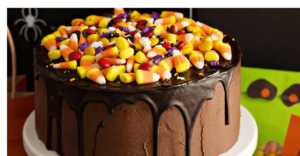
Part 2: Types of Spider Cake
Diving into the world of spider cakes, you’ll find a delightful variety. Whether you’re planning a spooky Halloween party or a fun-filled kids’ event, there’s a spider cake that fits every occasion. Let’s explore the different styles that can inspire your baking.
Halloween-Themed Spider Cakes
For those who relish the spooky spirit of Halloween, these cakes are a perfect match. Imagine a cake adorned with realistic-looking spider legs and intricate icing spiderwebs. Typically, these cakes feature darker hues like black or deep red, perfectly capturing the eerie essence of Halloween.
Kid-Friendly Spider Cake Designs
Conversely, if your audience is a younger crowd, kid-friendly spider cakes are the way to go. These versions are often more vibrant and less intimidating. Bright colors like greens, oranges, and purples dominate, with cartoon-like spider decorations. Edible eyes and smiling spider faces made from icing or candy transform a potentially scary concept into a delightful treat for kids.
Elegant Spider Cake Ideas for Adult Parties
Moreover, spider cakes aren’t just for kids or Halloween. For a more sophisticated twist, elegant spider cake designs can be a hit at adult gatherings. These cakes might feature more understated spiderweb designs in silver or gold icing on a classic black or white base. The spiders themselves can be crafted as artistic, abstract representations, adding a touch of elegance to your dessert table.
The Versatility of Spider Cake
In conclusion, the beauty of spider cakes lies in their versatility. Whether it’s a scary movie night, a child’s birthday party, or an elegant dinner, there’s a spider cake that fits the bill perfectly. And the best part? Each cake is a unique expression of your creativity.
In the next section, we’ll walk through the process of making a spider cake, including the ingredients and tools you’ll need. Whether you’re a seasoned baker or trying this for the first time, you’ll find valuable tips to make your spider cake a show-stopping centerpiece. Stay tuned!
Part 3: Step-by-Step Guide to Making a Spider Cake
Embarking on the journey of baking a spider cake? Fantastic! Whether you’re a seasoned baker or just starting out, this guide will lead you through each step with ease. Let’s dive in and transform simple ingredients into a spectacular spider-themed treat.
Gathering Ingredients and Tools
Firstly, let’s talk about what you’ll need. For the cake, gather essentials like flour, sugar, cocoa powder (for that rich chocolate flavor), baking powder, eggs, and butter. For the frosting, buttercream is a popular choice, so have butter, powdered sugar, and maybe some black food coloring on hand for that spooky effect. Don’t forget the fondant for spider legs and edible eyes for added realism.
Regarding tools, ensure you have round cake pans, a mixer, spatulas, and piping bags ready.
Baking the Cake
- Mixing the Batter: Start by combining your dry ingredients. Then, gradually add in the wet ones, mixing until you have a smooth, lump-free batter.
- Baking the Cake: Next, pour the batter into greased cake pans. Bake until a toothpick inserted comes out clean. Remember, patience is key here for a perfectly baked cake.
Creating and Applying the Frosting
- Making the Buttercream: Now, whip up your buttercream. If you’re aiming for a spider effect, adding black or dark grey food coloring will give you that eerie look.
- Frosting the Cake: Once your cakes have cooled, apply a smooth layer of frosting. This step is crucial as it sets the stage for your spider decorations.
Assembling and Decorating the Cake
- Constructing Spider Legs: Roll out your fondant and shape it into spider legs. Allow them to set so they hold their shape.
- Adding the Spider Body: Use a larger piece of fondant or a mound of frosting for the spider’s body.
- Detailing with Icing: Finally, pipe on the web and other details. This is where your creativity really shines!
Tips for a Realistic Spider Appearance
- Texture: Use a toothpick or a small knife to create texture on the fondant legs.
- Color: Mix in a little bit of brown or black to your fondant for a more natural look.
In essence, creating a spider cake is all about enjoying the process and letting your creativity flow. In the next section, we’ll explore how to customize your spider cake with different flavors, colors, and dietary adaptations. Stay tuned for more exciting tips!
Part 4: Customization and Variations
One of the best parts about making a spider cake is the endless possibilities for customization and variation. Whether you’re catering to specific dietary needs or just want to add a personal twist, there’s plenty of room for creativity. Let’s explore some ideas.
Alternative Ingredients for Dietary Restrictions
- Gluten-Free: Swap regular flour for a gluten-free blend. Remember, each blend behaves differently, so you might need to adjust the liquid ingredients slightly.
- Vegan Options: Use plant-based butter and milk, and replace eggs with a vegan substitute like applesauce or a commercial egg replacer.
- Reducing Sugar: If you want to cut down on sweetness, try using a sugar substitute or reducing the amount of sugar in the cake and frosting.
Creative Variations in Flavors and Colors
- Flavor Twists: Who says a spider cake has to be chocolate? Experiment with vanilla, red velvet, or even pumpkin spice for an autumnal touch.
- Colorful Creations: Use natural food colorings to add a pop of color to your cake and frosting. Think beyond the traditional black and grey – how about a purple or green spider for a whimsical touch?
- Themed Decorations: Tailor your spider cake to specific themes. For a garden party, add edible flowers. For a superhero theme, incorporate character colors and symbols.
Making It Your Own
The key to a great spider cake is making it your own. Whether it’s through the flavors, colors, or decorations, adding your personal touch will make your cake stand out. Remember, baking is not just about following a recipe – it’s about expressing your creativity and having fun in the kitchen.
In the next section, we’ll tackle some FAQs to help you perfect your spider cake and address common concerns. Stay tuned for handy tips and tricks!
Part 5: FAQs
When it comes to baking a spider cake, numerous questions might pop up, especially if you’re trying this for the first time. To help you navigate through this baking adventure, here are some commonly asked questions, complete with concise and helpful answers.
Can I Make the Cake Gluten-Free or Vegan?
Certainly! For a gluten-free version, simply substitute the regular flour with a gluten-free blend. If you’re aiming for a vegan cake, replace dairy ingredients with plant-based alternatives and use a vegan egg substitute. Importantly, don’t hesitate to experiment to find the combination that works best for you.
How Should I Store the Spider Cake?
Ideally, your spider cake should be stored in the fridge, where it can stay fresh for up to 3-4 days. Make sure it’s properly covered to prevent it from absorbing other flavors. If your cake has fondant decorations, it’s better to keep it at room temperature in an airtight container.
What If My Cake Doesn’t Turn Out Perfect?
Remember, baking is a process of trial and error. If your cake turns out too dry, consider adjusting the baking time or temperature. If the frosting is too runny, add more powdered sugar to achieve the right consistency. Each baking experience is a step towards perfection.
Can I Prepare the Cake Layers in Advance?
Absolutely! Preparing your cake layers ahead of time and freezing them not only saves time but can also make the frosting process easier. Just ensure they’re well wrapped to prevent freezer burn.
Tips for Smooth Frosting
Achieving smooth frosting can sometimes be challenging. Use an offset spatula and be patient while smoothing it out. A turntable can be a great asset for a professional look. Remember, a bit of texture can also add character to your cake.
Creating Deep Black Frosting
For a rich black frosting, start with chocolate buttercream and then add black gel food coloring. This method requires less coloring than starting with white frosting and enhances the flavor.
Making Your Spider Cake Stand Out
Finally, it’s the details that make your spider cake truly special. Use a piping bag for intricate web designs and unleash your creativity with the spider’s appearance. Adding elements like edible glitter or unique color schemes can give your cake an extra wow factor.
In the next section, we’ll share some tips and tricks to help you perfect your spider cake and make the baking process even more enjoyable. Stay tuned for these handy hints!
Part 6: Tips and Tricks spider cake
Creating a spider cake is an adventure in baking and decorating. To help you along this delightful journey, here are some tips and tricks that can elevate your cake from good to spectacular. Whether you’re aiming for a creepy-crawly effect or a whimsical creation, these pointers will guide you to success.
Expert Tips for Perfecting the Spider Cake
- Room Temperature Ingredients: For a smoother batter, ensure your ingredients, especially butter and eggs, are at room temperature.
- Even Baking: To avoid uneven cakes, rotate your pans halfway through the baking process.
- Chill Your Cake: Before frosting, chill your cake layers. This makes them easier to handle and less prone to crumbling.
Do’s and Don’ts in Spider Cake Preparation
- Do experiment with flavors and colors. It’s your cake, make it unique!
- Don’t rush the decorating process. Take your time to add those spider details for a more realistic look.
- Do use quality ingredients, especially for the chocolate components, as this will affect the overall taste.
- Don’t be afraid to make mistakes. Baking is a learning experience, and every error is a step towards mastery.
Making the Process Enjoyable
- Music and Fun: Turn on your favorite tunes and enjoy the process. Baking should be fun, not stressful.
- Involve Others: Get family or friends involved. Decorating a spider cake can be a great group activity, especially with kids.
Learning from Each Bake
Every cake you bake is an opportunity to learn and improve. Take notes of what worked and what didn’t, and don’t be afraid to try new techniques or decorations. The more you bake, the better you’ll get.
In the next section, we’ll wrap up with a conclusion, summarizing the key points of making a fantastic spider cake. Stay tuned for the final part of our spider cake saga!
Part 7: Conclusion spider cake
And that’s a wrap on our spider cake adventure! From spooky to elegant, we’ve seen how versatile and fun these cakes can be. Let’s quickly recap what makes spider cakes such a fantastic baking project.
Creativity at Its Best spider cake
Spider cakes are a perfect blend of baking and art. Whether it’s a Halloween bash, a kid’s party, or an elegant dinner, these cakes bring creativity to the table. Remember, there’s no limit to how imaginative you can get with your spider cake.
The Joy of Baking
Baking a spider cake is about enjoying the process as much as the end result. It’s a chance to experiment, learn, and most importantly, have fun. And if things don’t go as planned, it’s all part of the learning experience.
Sharing Your Masterpiece
What’s better than showing off your spooky creation? Spider cakes are sure to be a hit and a great conversation starter at any gathering. So go ahead, bake with confidence and share the joy!
In short, whether you’re a baking pro or just starting out, making a spider cake is an exciting and rewarding experience. With the tips you’ve learned here, you’re all set to create a memorable and delicious masterpiece. Happy baking!


